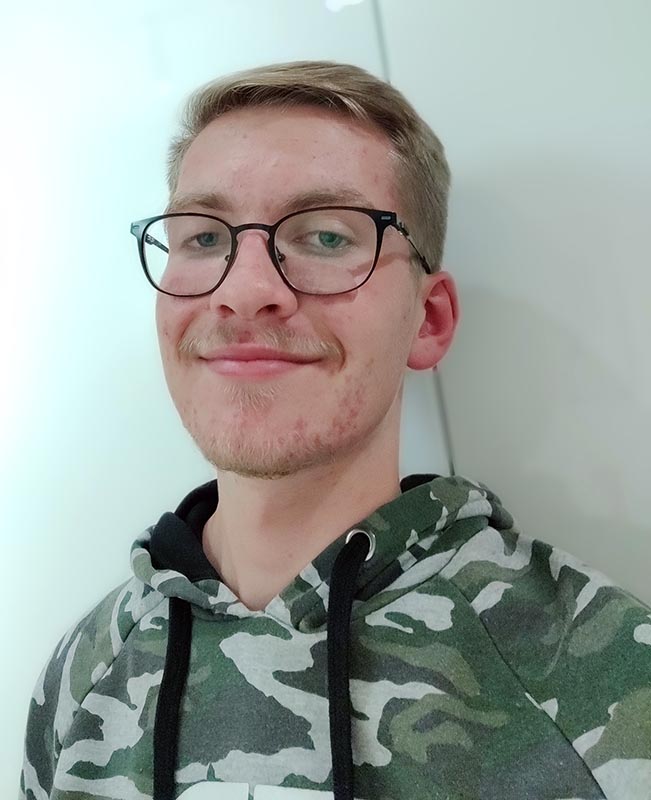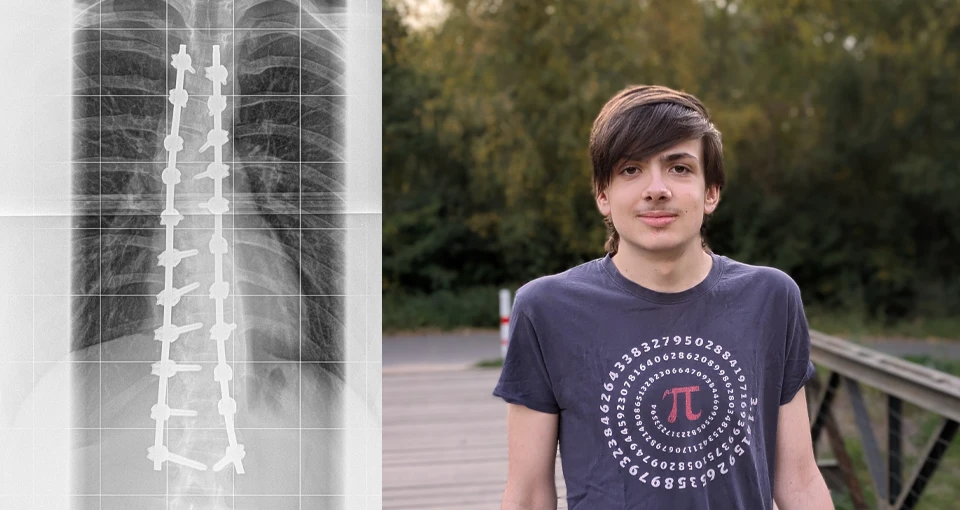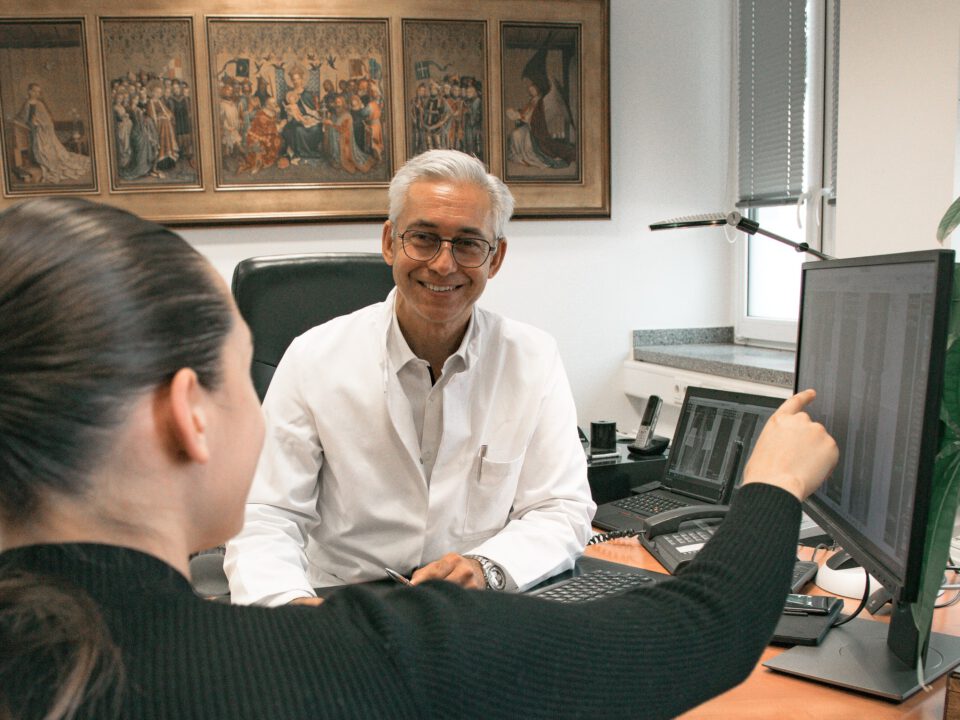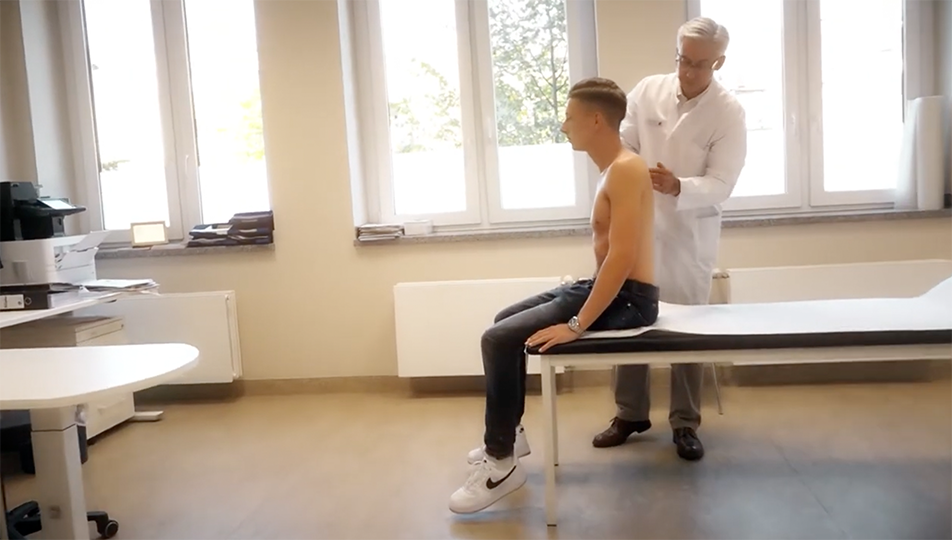
Scoliosis could not be treated with physiotherapy alone
'I didn't notice anything at all - except that one shoulder was higher than the other, which I only saw in the mirror.' Jonas B. is a classic juvenile scoliosis patient. The usually growing spine is not noticed at first and does not cause problems at first. 'In most cases, the spine of the juvenile body is still very flexible,' says Dr Biren Desai, head of spine surgery at Sana Trinity Hospital in Cologne. 'That's why most sufferers don't experience back pain at first.'
Therefore, when scoliosis becomes apparent, it is usually by chance: by friends or family members pointing out an unusual posture, or even at a child's check-up with the pediatrician. This was the case with Jonas B. at the age of 12. "Even if scoliosis doesn't cause pain at first, it should be addressed as early as possible. This is because as you get older, painful problems and premature wear and tear due to the misalignment of the spine are all but guaranteed," continued Dr. Desai.
For only mildly advanced scoliosis, permanent physiotherapy is usually enough to bring the degree of bending back into an improved posture. The next step would be a brace, combined with physiotherapy. But sometimes only surgery helps. It doesn't always have to be metal-supported stiffening of the spine.
As with Jonas B, the now 17-year-old was fitted with an innovative motion-preserving implant by Dr Desai in 2019. It straightens the spine and then grows with it. Once the patient is fully grown, the implant will be removed. 'My parents and I consulted for a long time before deciding to have this surgery,' says Jonas. 'Now we're happy to have taken this step. I expect that as a result of this I will actually have fewer complaints in my later life.' He would not notice the flexible piece of metal on his spine, but he does regret a side effect: 'I can no longer take part in physical education and do very little exercise.' Permitted sports activities include cycling, running and swimming, in addition to physiotherapy.
Before Jonas had the surgery, he had already been receiving physiotherapy for two years. "This also improved my posture, but the scoliosis alone was not treatable," he recalls. His spine problem will not be completely fixed in the future, as Dr Biren Desai explains: "Jonas has not only a thoracic curvature - in the area of the thoracic spine - which we were able to correct with the surgery. He also has a lumbar curvature, in the area of his lumbar vertebrae. And the system can only be used in one place. In the future, he will also have to train the lumbar curvature with a special physiotherapy after the removal of the implant to prevent deterioration.
For Jonas, this prognosis is no cause for gloom. He's looking forward to when the foreign body will be removed in about a year and he can return to more sports later.
This report has been published in the Scoliosis magazine of the DSN | German Scoliosis Network, 01/2022.



